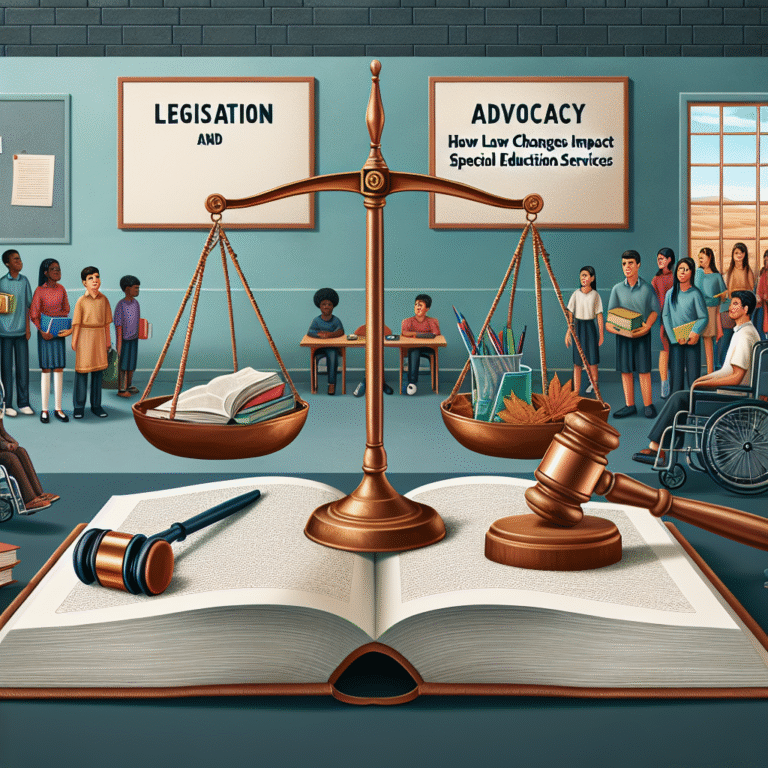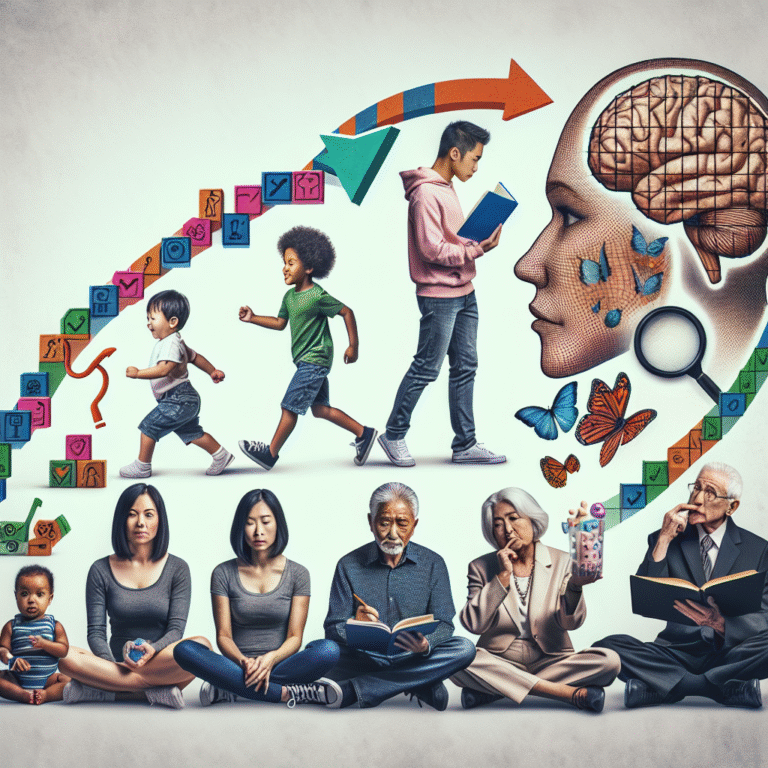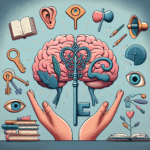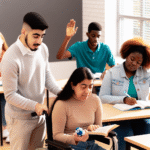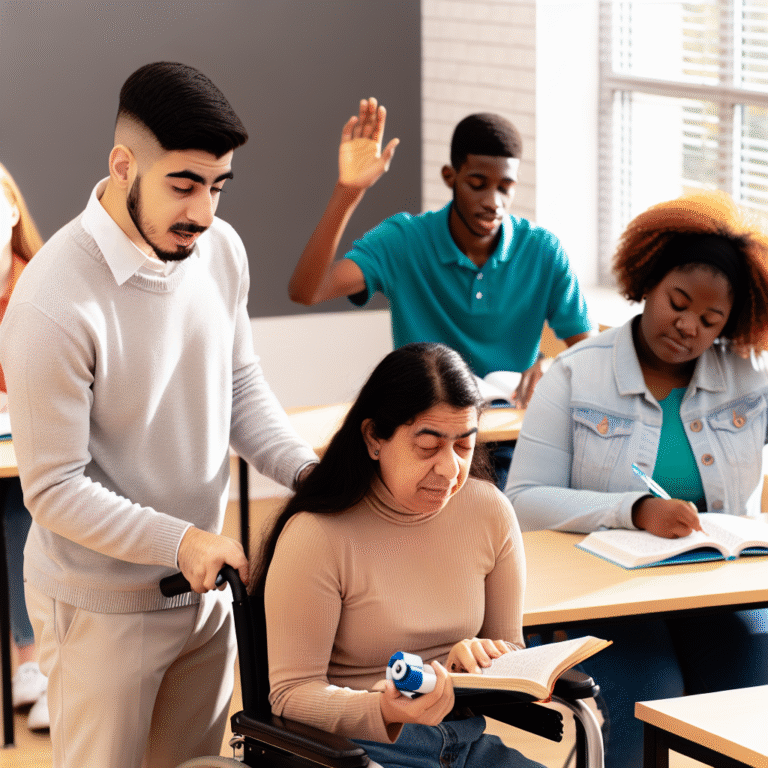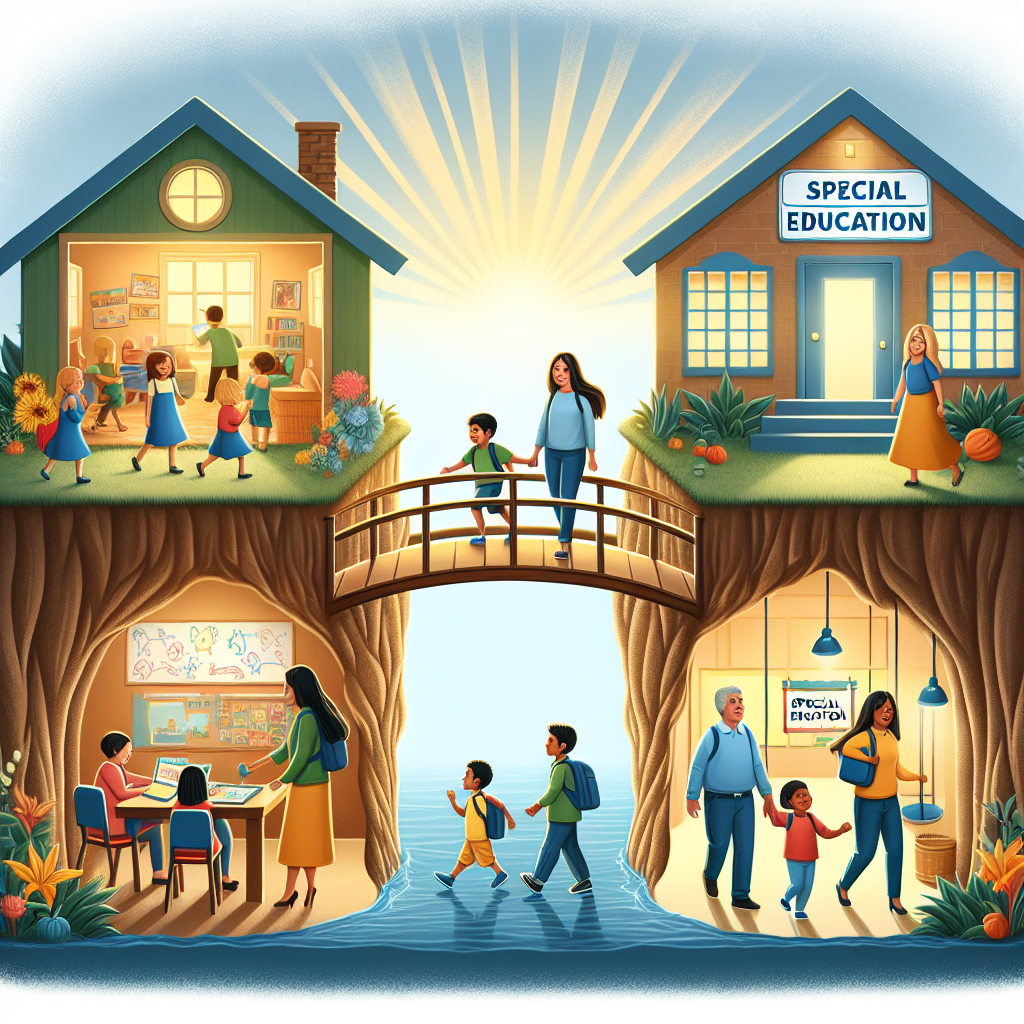
Introduction
In an increasingly complex educational landscape, the need for effective collaboration between families and schools has never been more critical. Building Bridges: Collaboration Between Families and Schools in Special Education may seem like a mere objective, but it embodies the very foundation of meaningful support for students with special needs. When families and educators unite, they can create a robust network that nurtures the potential of every child, paving the way for academic success and personal growth.
Imagine the profound impact when families and schools come together, each contributing unique insights and resources. This collaboration elevates the educational experience for students with disabilities, ensuring their specific needs are met in a supportive environment. The journey of Building Bridges: Collaboration Between Families and Schools in Special Education is not just beneficial—it’s essential.
Understanding the Importance of Collaboration
The Role of Families
Families are the first educators of their children. Their understanding of their child’s strengths and weaknesses offers invaluable information that can guide educational strategies. In special education, this knowledge is critical. For instance, a parent may know that their child responds well to visual aids over auditory instructions, directly impacting teaching methodologies.
The Role of Schools
Schools serve as the learning environment where children develop foundational skills. Educators possess training and experience that can identify learning styles and adaptations necessary for children with special needs. Collaborative efforts can lead to crafting personalized education plans (IEPs) that reflect students’ unique learning profiles.
The Ripple Effect
Building Bridges: Collaboration Between Families and Schools in Special Education does not only benefit the student; it positively influences the entire educational ecosystem. When families and schools partner, there is an increase in trust, understanding, and shared goals, leading to improved outcomes both academically and socially.
Strategies for Effective Collaboration
Open Lines of Communication
Effective communication is the bedrock of any successful partnership. Regular meetings, phone calls, and open-door policies help foster a culture of transparency. Educators can utilize tools like newsletters or digital platforms, while families can share their insights and concerns, creating an ongoing dialogue that benefits the student.
Training and Resources for Families
Empowering families with knowledge about special education laws, resources, and strategies is crucial. Workshops and informational sessions can demystify the special education process, equipping families to advocate effectively for their children’s needs.
Table 1: Suggested Workshop Topics for Families
| Workshop Topic | Description |
|---|---|
| Understanding IEPs | Navigating the Individualized Education Program |
| Building a Support Network | Finding resources and community support |
| Advocacy 101 | Effective ways to advocate for your child |
Inclusivity in Decision-Making
When making decisions about a child’s education, all voices should be heard. Schools should uphold a philosophy that values family input alongside professional expertise. Families’ perspectives can lead to more thorough and compassionate planning, making the IEP documents truly reflective of the child’s needs.
Engaging in Team Building Activities
Schools can organize team-building activities that include both families and staff. These activities foster mutual understanding and camaraderie, breaking down barriers between home and school. Such events can be informal gatherings, workshops, or even family engagement nights themed around student interests.
Case Studies Illustrating Successful Collaboration
Case Study 1: A School in Action
A public school in a suburban district initiated a program called "Family Engagement Fridays." The school provided a platform for families to engage with teachers and staff through collaborative workshops.
Relevance: This initiative outlined how Building Bridges: Collaboration Between Families and Schools in Special Education flourished through a consistent engagement strategy. Families learned about IEPs and effective advocacy, leading to a more robust support system for their children.
Case Study 2: Community Support
A family with a child with autism faced immense challenges. However, the school collaborated with local autism support groups to conduct training for teachers and peers on autism awareness. This initiative improved empathy and reduced stigma for the child.
Relevance: This example highlights the broader scope of collaboration extending beyond the classroom. It demonstrates how community involvement can enhance educational experiences for children with special needs, embodying the essence of Building Bridges: Collaboration Between Families and Schools in Special Education.
The Role of Technology in Bridging Gaps
In today’s digital age, technology has the power to enhance collaboration. Families and schools can use various tools to communicate and share information efficiently.
Digital Platforms
Dedicated apps and platforms designed for school-family communication can help streamline updates, document sharing, and meeting schedules. For instance, platforms like ClassDojo or Remind enable real-time communication between educators and families, fostering active involvement.
Chart 1: Benefits of Technology in Collaboration
| Benefit | Explanation |
|---|---|
| Real-Time Updates | Keep families informed about academic progress |
| Streamlined Communication | Reduce misunderstandings and gaps |
| Enhanced Engagement | Foster more active participation |
Challenges in Collaboration
While collaboration offers numerous benefits, challenges exist. Understanding and addressing these obstacles is essential for successful partnerships.
Time Constraints
Both families and educators often juggle multiple responsibilities. Finding time to collaborate can be challenging, resulting in sporadic communication. Schools can help by offering flexible meeting options, such as virtual meetings, to accommodate differing schedules.
Cultural Differences
Diverse cultural backgrounds may influence perceptions of education and involvement. Educators can seek to understand these differences, establishing practices that respect and embrace the values and beliefs of all families.
Misinformation
Misinformation around special education processes can create barriers. Schools must strive for clarity by providing accurate information on policies and procedures.
Creating a Culture of Respect
Emphasizing Mutual Respect
Building a culture of respect is foundational. Families should feel valued and respected by school staff, while educators should feel empowered by families’ contributions. This mutual regard sets the stage for enriching partnerships.
Celebrating Achievements
Recognizing the accomplishments of students, families, and educational staff fosters positivity. Considering awards or acknowledgment events can uplift the school community and strengthen relationships.
Conclusion
Building Bridges: Collaboration Between Families and Schools in Special Education is not merely an ideal; it is an attainable goal that requires commitment from all parties involved. By fostering open communication, inclusivity, and mutual respect, families and schools can create a thriving educational environment for children with special needs.
Let’s embrace the journey of partnership, innovate our approaches, and inspire others to recognize the immense value of collaboration. After all, when we work together, we can unlock the full potential of our children, paving the way for a brighter future.
FAQs
1. Why is collaboration between families and schools important?
Collaboration is essential as it fosters a supportive learning environment. It allows educators to understand each child’s unique needs and encourages families to participate actively in their child’s education.
2. How can families engage with their child’s school?
Families can attend meetings, join parent-teacher organizations, volunteer, and maintain open communication with teachers to remain actively engaged in their child’s educational journey.
3. What are some common barriers to collaboration?
Common barriers include time constraints, cultural differences, and misinformation regarding special education processes. Awareness and proactive measures can help mitigate these challenges.
4. Can technology aid in family-school collaboration?
Absolutely! Digital platforms facilitate real-time communication, making it easier for families and schools to share updates, documents, and schedules effectively.
5. How can schools create an inclusive environment for families?
Schools can create an inclusive environment by respecting cultural differences, offering resources for families, and involving them in decision-making processes surrounding their children’s education.
This extensive exploration of Building Bridges: Collaboration Between Families and Schools in Special Education aims to spark conversations, enhance practices, and, most importantly, inspire action. Collaboration is not just beneficial; it’s necessary for building a nurturing and inclusive educational system for every child.




